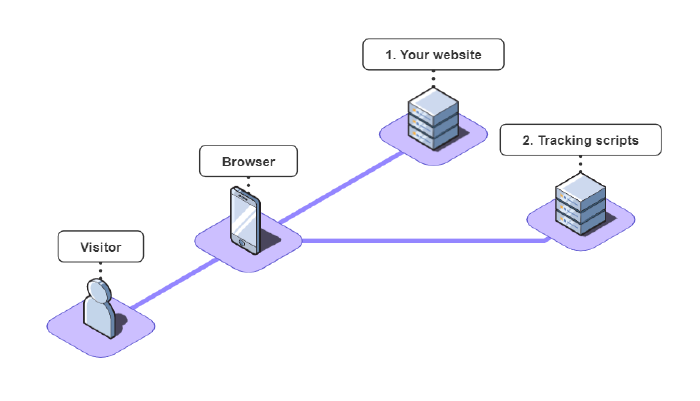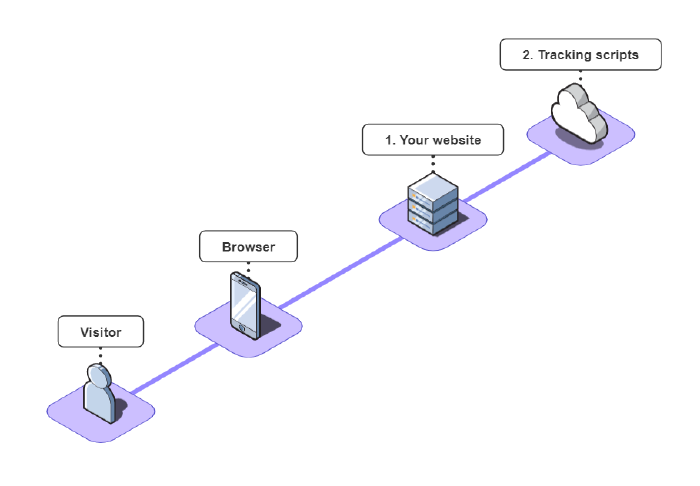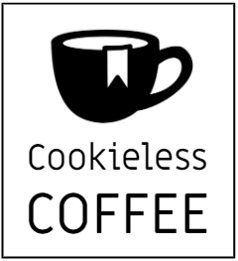Server-side Tracking
Last updated: May 28, 2021
Server-side tracking is often proposed as the first remedy for increasing data quality in a situation where tracking code is served by a third-party.
Traditional implementations of tracking scripts and the corresponding cookies those scripts place (e.g. Google Analytics, Facebook Pixel, etc.) rely on the scripts being served from domains other than your websites (e.g. yourwebsite.com). This is very convenient, because you can implement tracking by just adding a short piece of code in your HTML. When a visitor loads your website, their browser will pull the tracking script automatically from the server of the third-party.

However, when one wants to surf the world wide web without being tracked, there is a very simple solution: compile a list of all common domains that serve tracking scripts and block those. This is exactly what ad blockers and other privacy tools are doing. And because privacy concerns are increasing, most browsers are joining this party too.
So with third party domains being the weak spot of most tracking efforts, online marketers have been looking for solutions to keep data flowing. This need is being answered by server-side tracking solutions. By serving the scripts directly from your own domain, instead of a third-party domain, you can potentially circumvent a lot of blockers. If you’re serving the scripts from your own domain, it’s a lot harder for a browser to determine whether that piece of code is an essential part of your website or a third-party that is trying to track visitors.

This is of course something you can do by hosting tracking scripts yourself. But most large websites are using different scripts at the same time and want to have some sort of logic behind them (e.g. conversion tracking only on checkout pages). Therefore tag managers and similar tools offer server-side solutions as well. Some examples are:
